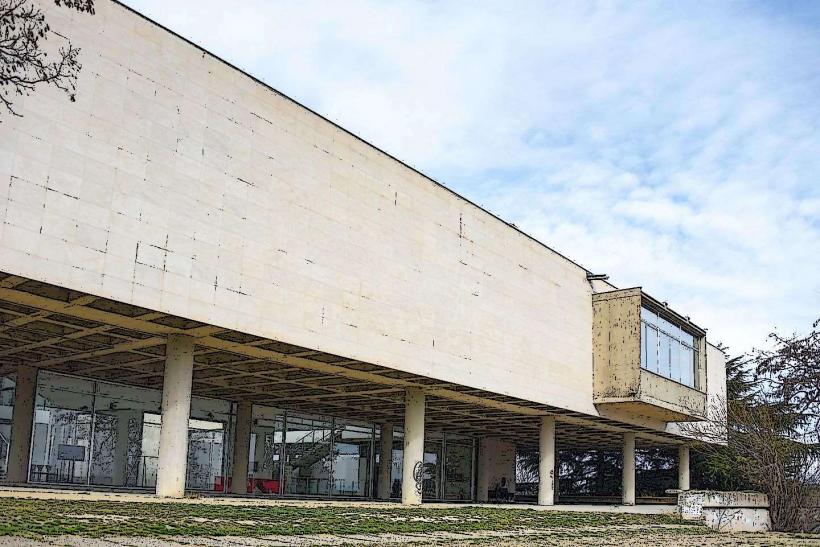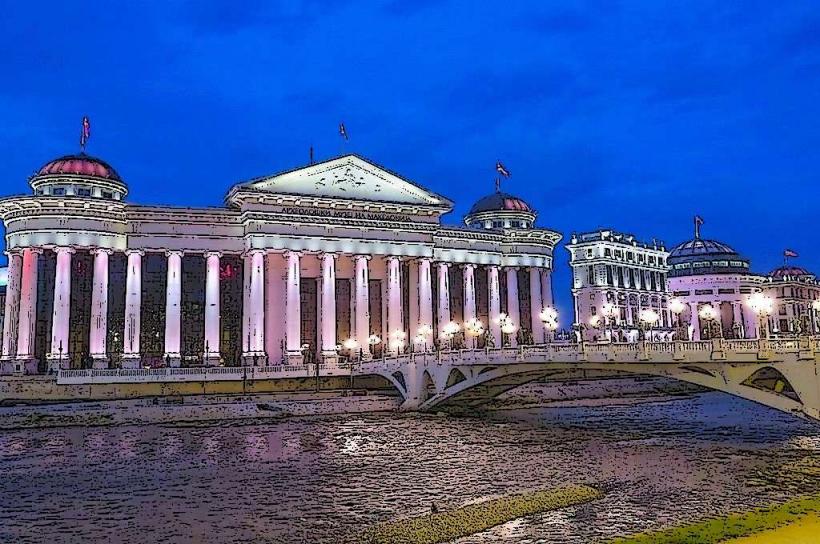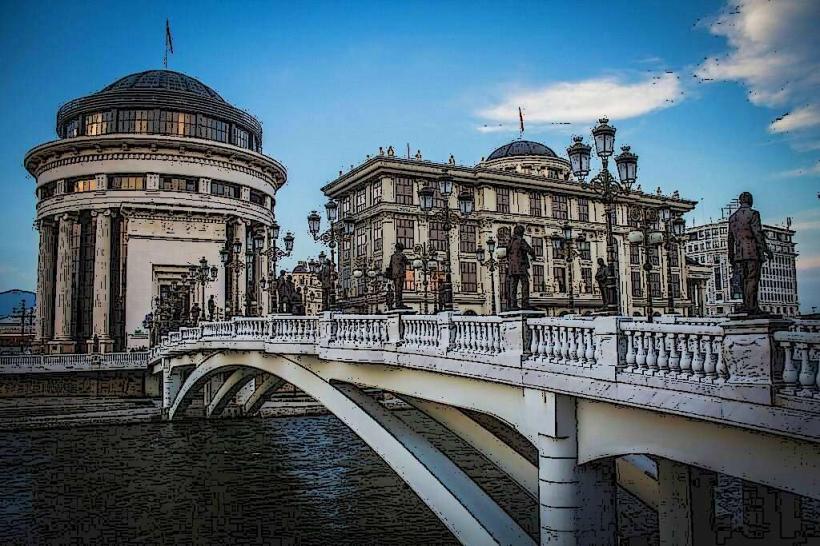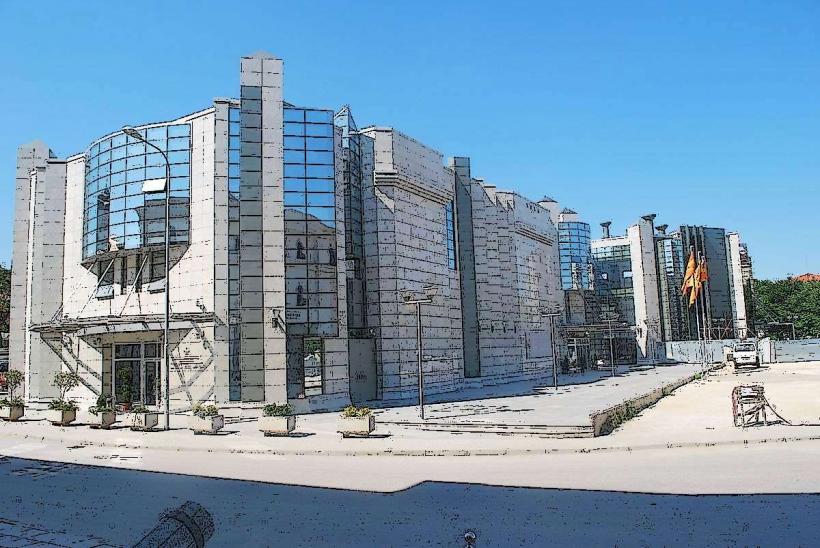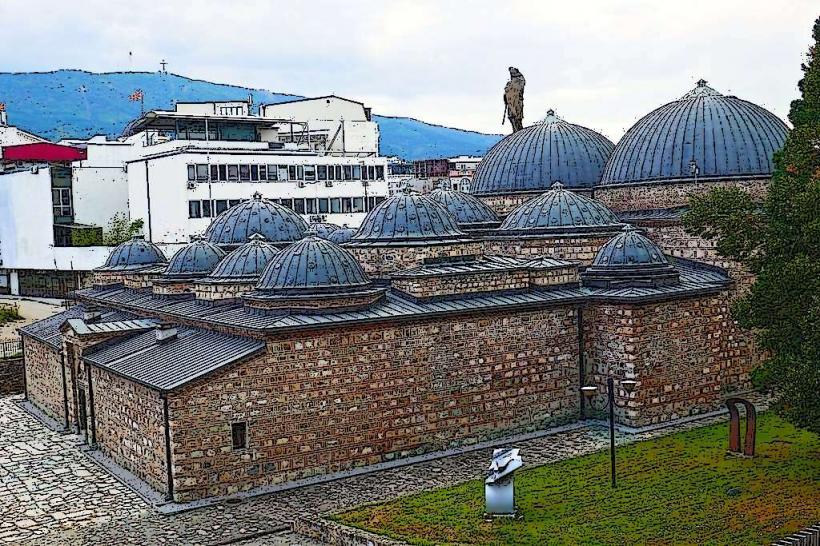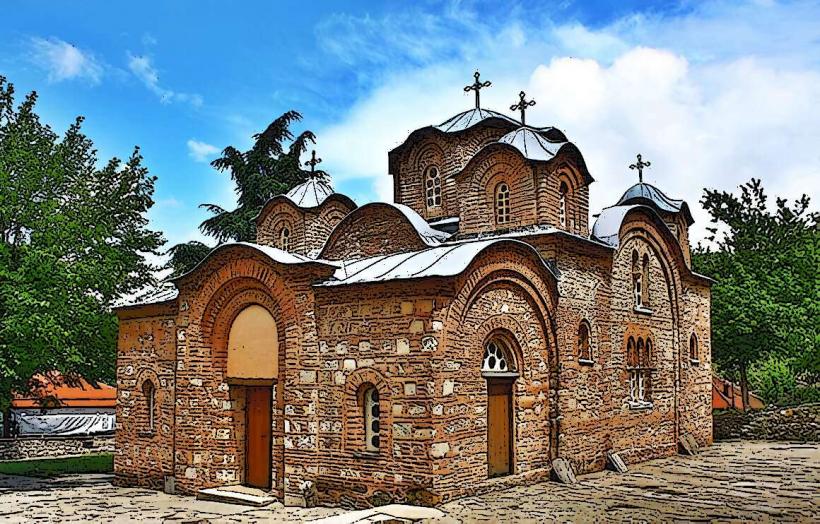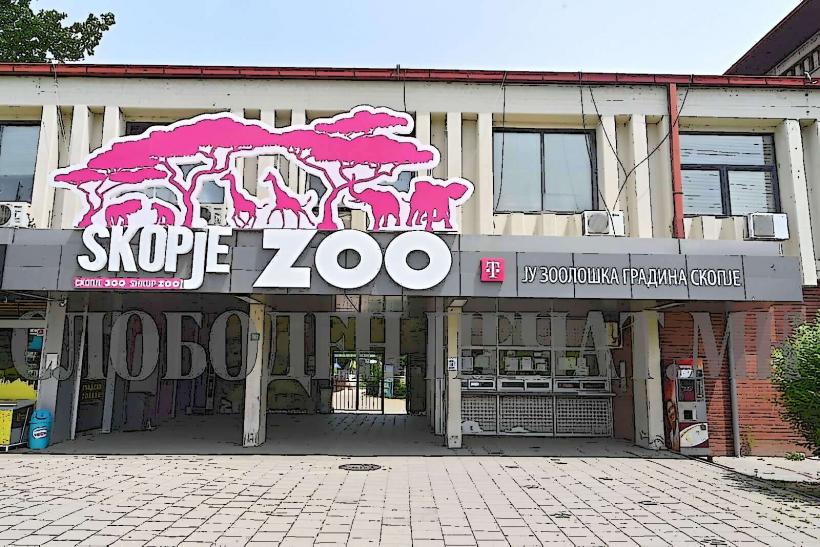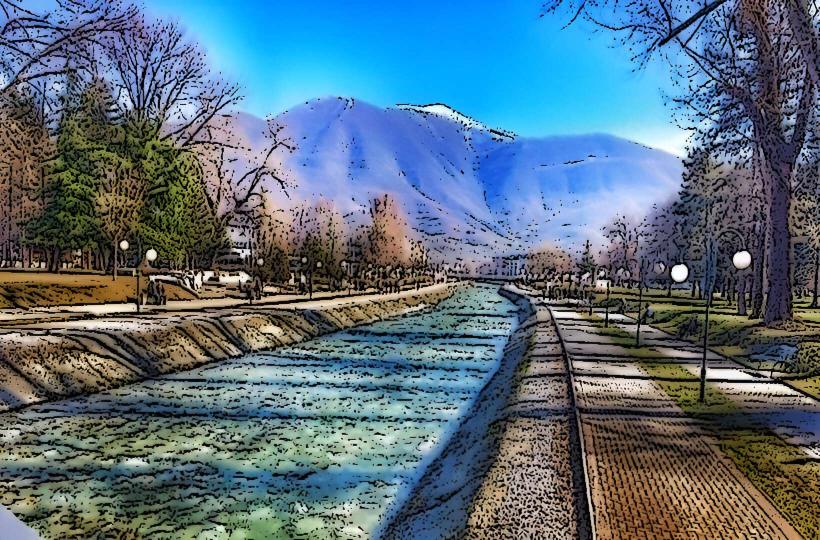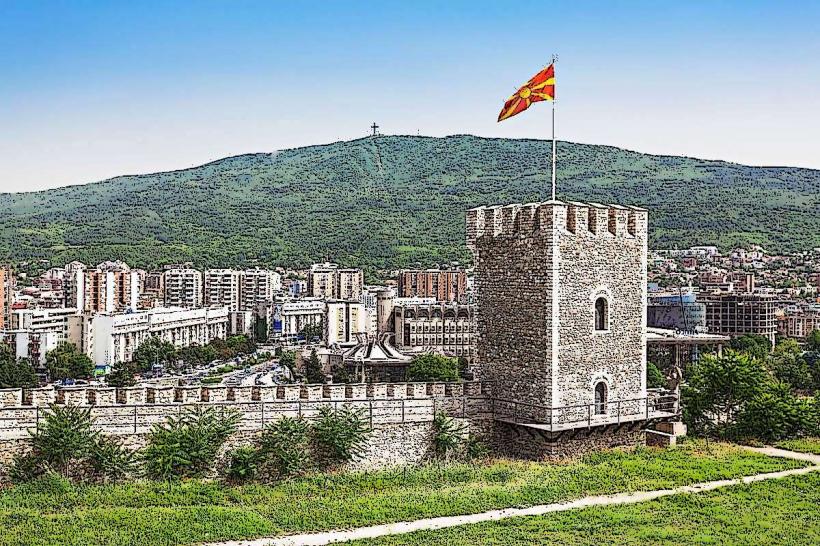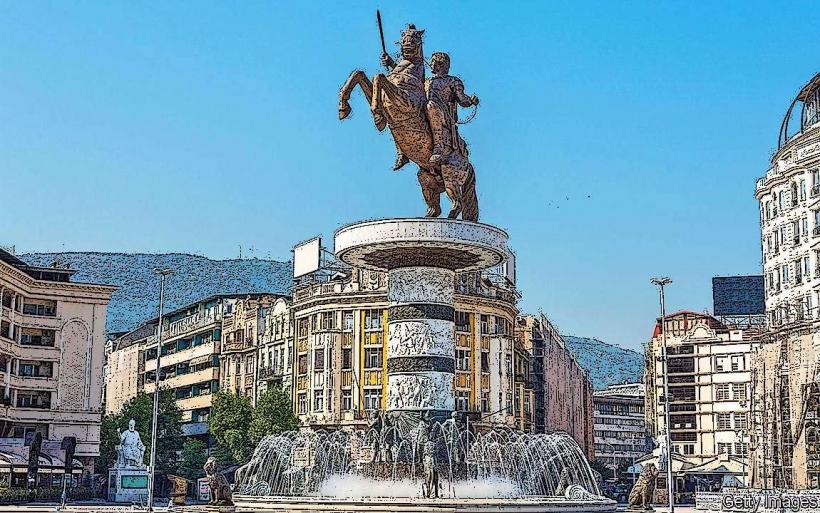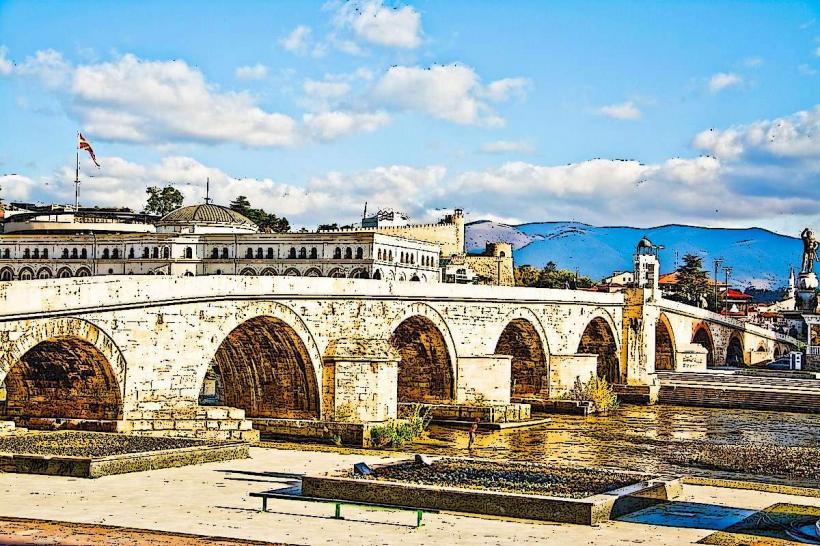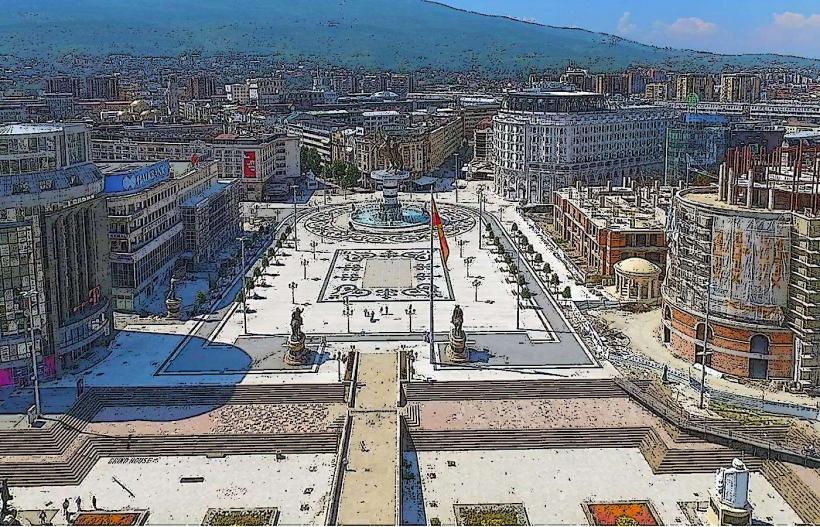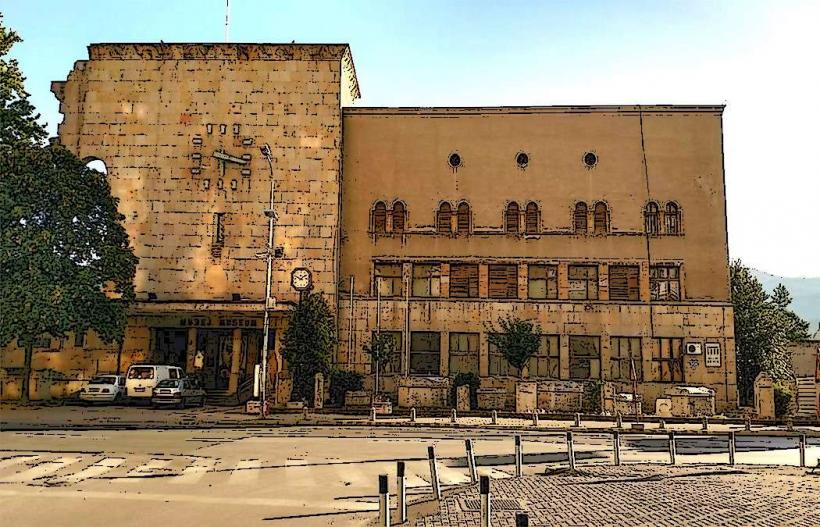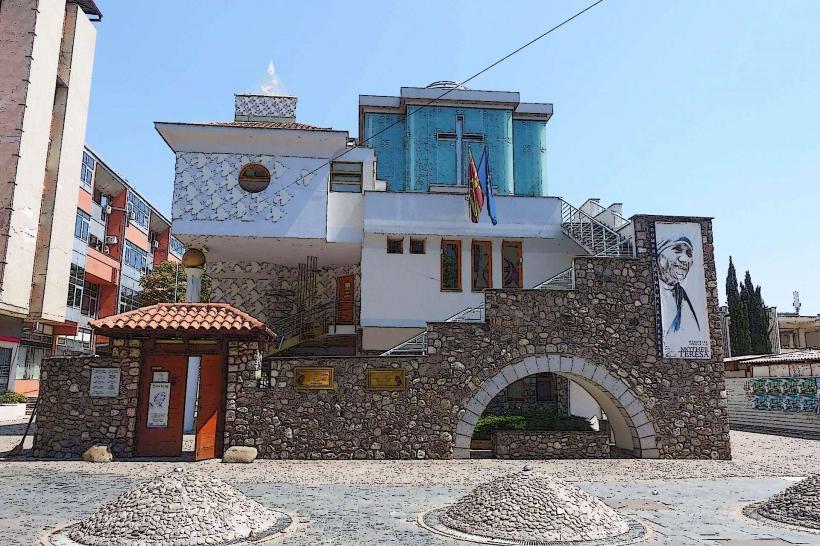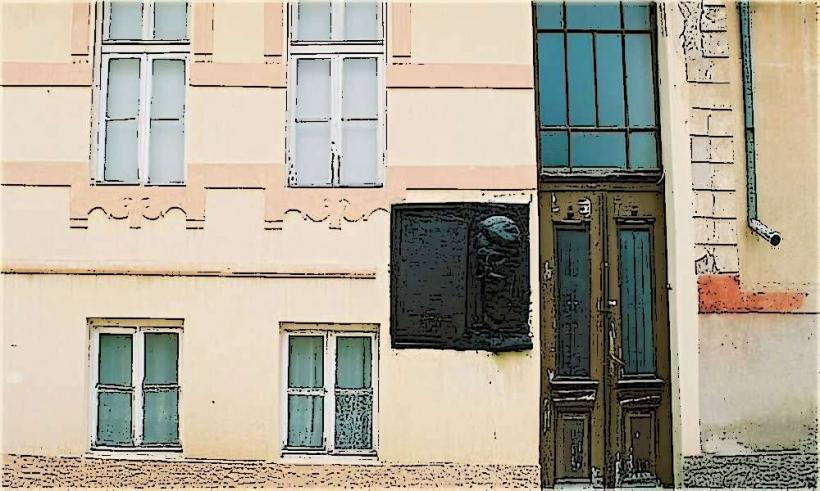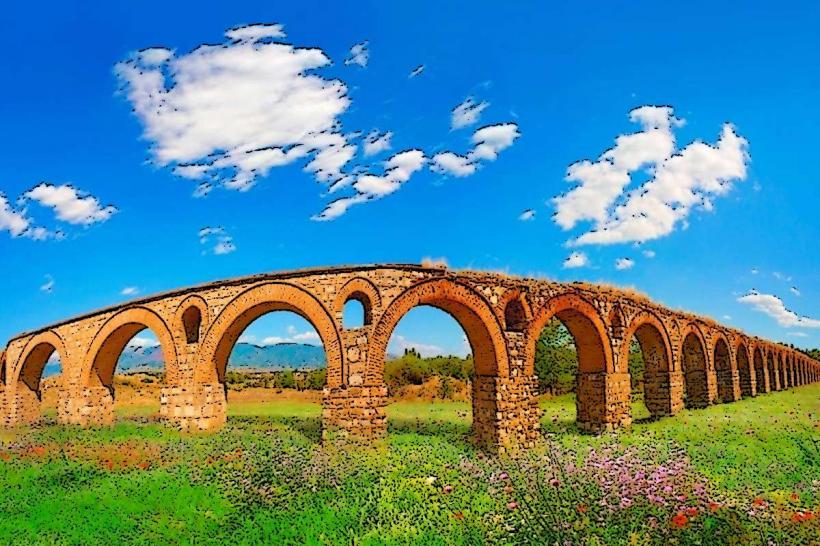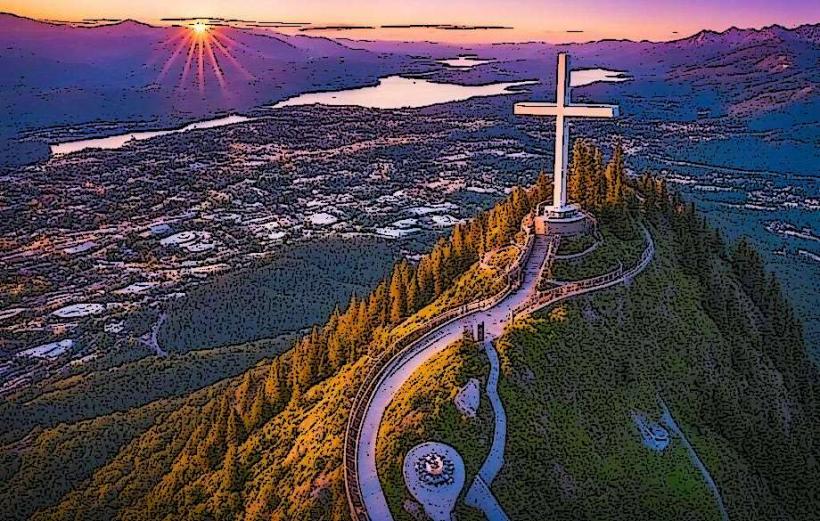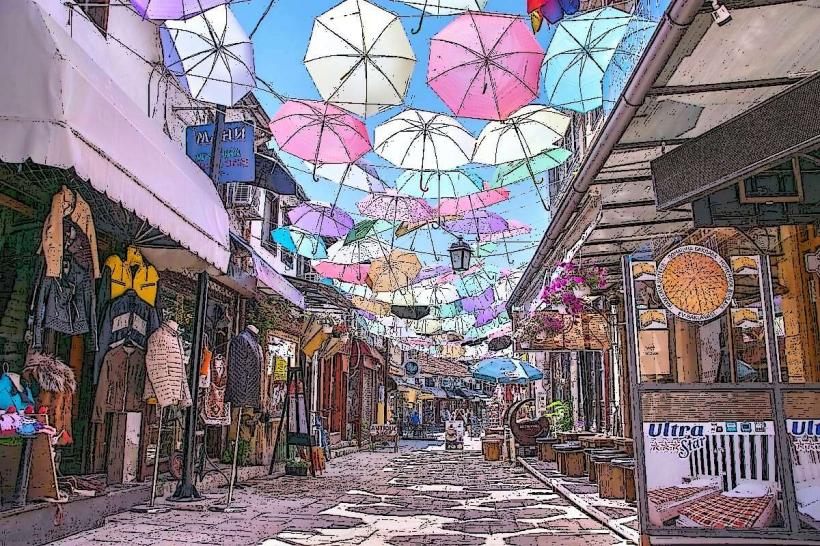Information
City: SkopjeCountry: North Macedonia
Continent: Europe
Skopje, the capital of North Macedonia, is a city of great historical, cultural, and architectural significance. It is located in the central part of the country, at the convergence of several important historical trade routes. The city has a rich and diverse heritage, influenced by various civilizations over the centuries, including the Roman, Byzantine, Ottoman, and Yugoslav periods. Here’s a detailed look at the city without focusing on its landmarks:
Geography and Climate
Skopje is situated on the Vardar River, which flows from the north to the south of the city, providing a picturesque setting. The surrounding terrain is mountainous, with hills and valleys that contribute to the city’s scenic landscape. The climate is continental, characterized by hot summers and cold winters. Summers in Skopje are typically dry and sunny, with temperatures often exceeding 30°C (86°F), while winters are cold with snow, and temperatures can drop below 0°C (32°F).
History
Skopje’s history spans over two millennia, with its origins dating back to the Roman era. It was known as Scupi during Roman times, and it became an important settlement in the Roman province of Moesia. Following the fall of the Roman Empire, it came under Byzantine control and later became part of the Ottoman Empire, where it thrived as a significant cultural and administrative center.
Skopje was incorporated into the Kingdom of Yugoslavia in the early 20th century and, after the breakup of Yugoslavia, became the capital of the newly formed Republic of Macedonia (now North Macedonia) in 1991. Throughout its history, Skopje has experienced periods of economic growth and turmoil, including a devastating earthquake in 1963 that led to the destruction of much of the city and a subsequent large-scale rebuilding effort.
Economy
Skopje is the economic hub of North Macedonia, accounting for a significant portion of the country's industrial and commercial activity. The economy of the city is diverse, with major sectors including manufacturing, services, trade, and agriculture. Skopje has a growing tech and startup scene, driven by both local entrepreneurs and international investment. The city's economy is also bolstered by its role as the political and administrative center of the country.
The Vardar River plays a central role in the city’s economy, historically providing transportation routes for trade. The city’s infrastructure, including roads, railways, and airports, facilitates regional and international trade, making Skopje a vital economic node in the Balkans.
Culture
Skopje is a city where various cultures coexist, and this is reflected in its arts, traditions, and daily life. The city has a thriving arts scene, with museums, galleries, and performance spaces that highlight the cultural diversity and history of the region.
Music and Performing Arts: Skopje hosts numerous festivals, including the Skopje Jazz Festival, the Skopje Film Festival, and the Ohrid Summer Festival, all of which attract international artists. The city also has a number of theaters, such as the Macedonian National Theater, and music venues where traditional, classical, and contemporary music is performed.
Cuisine: The culinary scene in Skopje is diverse, influenced by the various cultures that have passed through the region. Traditional Macedonian cuisine features hearty dishes like ajvar (a roasted pepper relish), tavče gravče (baked beans), and sarma (stuffed cabbage rolls), often accompanied by locally produced wines and rakija (a fruit brandy). The city's food culture is also enriched by Turkish, Greek, and Serbian influences.
Language and Literature: Macedonian is the official language of Skopje and North Macedonia. The city is also home to a vibrant literary tradition, with many prominent writers, poets, and intellectuals hailing from the region. Skopje hosts literary events, book fairs, and is home to the Macedonian Academy of Sciences and Arts, a hub for cultural research and development.
Architecture and Urban Development
Skopje’s architecture is a blend of traditional Ottoman and Byzantine influences, alongside modernist and postmodern structures that reflect the city’s recent development. The city has undergone significant urban transformation, especially in the past two decades.
Ottoman and Byzantine Influences: The Old Bazaar (Čaršija), with its narrow streets, mosques, and traditional shops, is a prominent example of Ottoman architecture. The city is also home to several Byzantine churches, bridges, and other buildings that reflect its historical ties to the Byzantine Empire.
Modern and Postmodern Architecture: After the 1963 earthquake, Skopje was rebuilt with a modernist approach. The city’s downtown features a mix of Brutalist concrete buildings and more contemporary designs. The recent project called “Skopje 2014,” which sought to give the city a classical appearance, has added neoclassical buildings, statues, and fountains. However, the project has been controversial due to its large cost and the impact on the city’s historical authenticity.
Education
Skopje is home to several important educational institutions, the largest of which is Ss. Cyril and Methodius University, the oldest and most prestigious university in the country. The university is a major center for higher education, offering programs in a wide range of disciplines. The city also has many primary and secondary schools, as well as private institutions that provide education in various international curricula.
Transportation
Skopje is a key transportation hub in the Balkans, with well-developed infrastructure connecting the city to other parts of North Macedonia and the wider region. The city is served by Skopje Alexander the Great Airport, which provides domestic and international flights. The city’s public transportation system includes buses, trams, and taxis, though the traffic can be congested, especially during rush hours.
Skopje is also connected to other major cities by road and rail. The city is part of the Pan-European Corridor VIII, a major transportation corridor that links the Adriatic Sea with the Black Sea. The railway network connects Skopje to cities like Belgrade and Thessaloniki.
Challenges and Future Outlook
Skopje faces several urban challenges, including air pollution, traffic congestion, and the need for sustainable development. The city has been working on improving its green spaces, public transportation, and waste management systems to address these issues. There are ongoing discussions about how to balance modern development with the preservation of historical and cultural heritage.
Despite these challenges, Skopje continues to grow as a regional center of commerce, culture, and politics. With its diverse history, dynamic cultural scene, and economic potential, Skopje is poised to play an important role in the future of North Macedonia and the broader Balkan region.
Multicultural Influence
One of the key features of Skopje is its multicultural makeup. It is home to ethnic Albanians, ethnic Macedonians, Serbs, and other communities, which is reflected in the city's daily life, languages spoken, and festivals. This cultural diversity has been a source of both challenge and strength, as the city navigates the complexities of its multiethnic identity. Intercultural dialogue and cooperation remain key aspects of Skopje's social fabric.
In conclusion, Skopje is a city that blends the old and the new, where history and modernity coexist and where the convergence of cultures and civilizations has shaped its identity. From its Ottoman past to its contemporary role as the capital of North Macedonia, Skopje continues to evolve, representing both the heritage and the future of the country.


